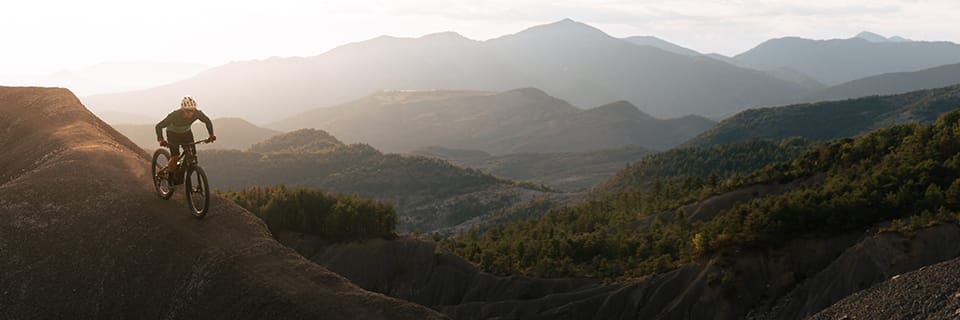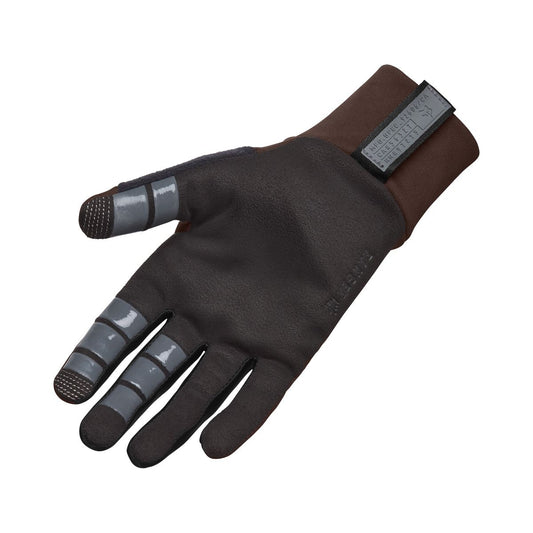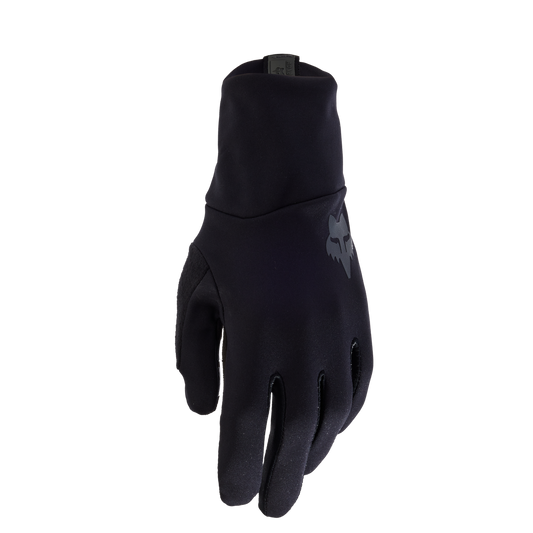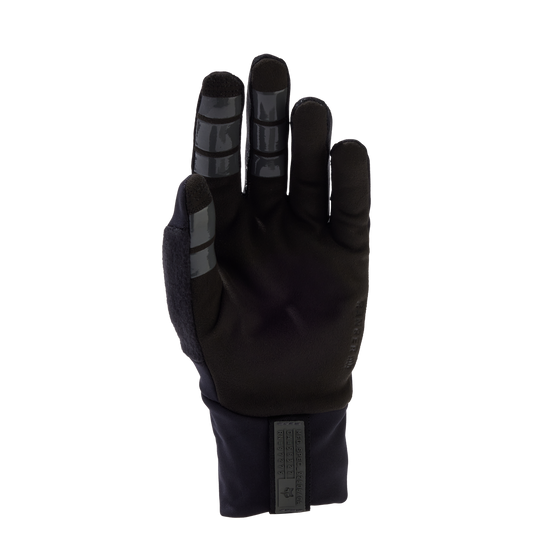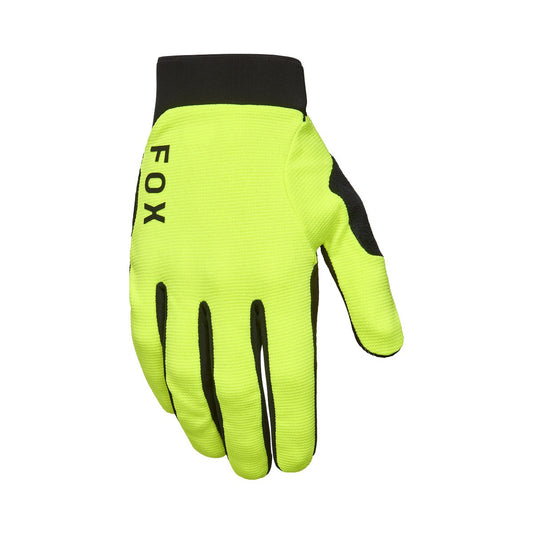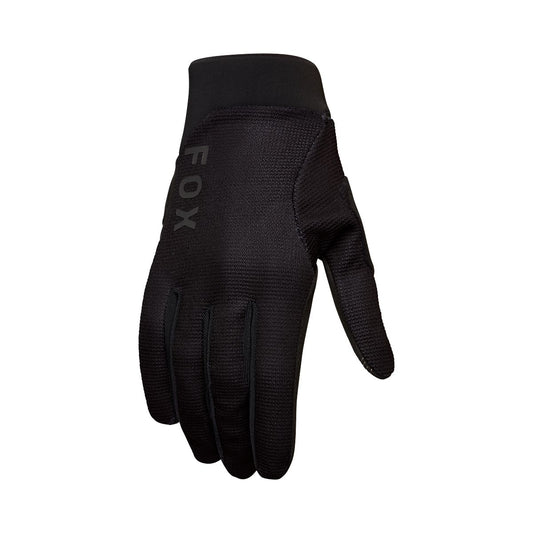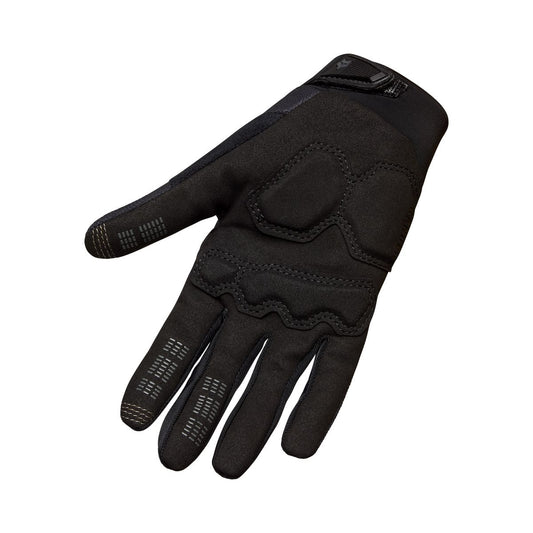For comfort as well as safety, mountain bike mountain bike gloves gloves are an essential accessory for MOUNTAIN BIKING. Manufacturers' extensive catalogs make it easy to find a well-fitting model suited to your discipline. Gloves come in a variety of shapes to protect against falls, contact with vegetation, handlebar support, vibration and bad weather.
FEATURES
- Design: long gloves, short gloves (mittens), under-gloves
- Palm type : thick, with gel inserts, with foam inserts
- Level of protection against the elements: with or without thermal lining, windproof effect, protection against rain and moisture
- Level of impact protection: simple reinforcements, "intelligent" reinforcements
- Type of closure and tightening : velcro, elastic
- Compatibility with touch screens
ALL ABOUT MOUNTAIN BIKE GLOVES
DESIGN
Long gloves :
They provide full hand coverage and excellent protection. Some models are made of fine, breathable materials, combining protection with great comfort, even in hot weather.
Mittens :
These short gloves that let your fingers breathe in the open air have not disappeared from the catalogs! They provide maximum ventilation in summer, and give the rider direct contact with handlebars, brake levers, gear controls, GPS buttons...
Under-gloves :
A simple, affordable way to keep a little warmer in winter. Very thin, they slip under the gloves without compressing the hand.
TYPE OF PALM
Riders looking for the finest possible riding feel will opt for an unpadded palm, more or less thin depending on the degree of abrasion resistance required.
Those looking for more cushioning and protection will appreciate models with gel or foam inserts that enhance comfort and protect against vibration and numbness.
LEVEL OF PROTECTION AGAINST THE ELEMENTS
A variety of technical membranes are available for winter and shoulder seasons. They can ward off rain and/or wind while wicking away moisture. While gloves adapted to extreme conditions use necessarily thick thermal fabrics (the extremities of the body being particularly sensitive to cold and exposed when cycling), lightweight models still capable of keeping hands dry thanks to a thin, breathable membrane also exist. A simple water-repellent treatment can already protect against intermittent rain.
LEVEL OF IMPACT PROTECTION
Mountain bike gloves feature different types of reinforcement. On the top, a D3O type material (registered trademark) acts as a so-called intelligent protection: depending on the intensity of the impact, it deforms more or less rapidly. This mechanism absorbs and dissipates the energy of the impact, before immediately returning to a normal state of flexibility, capable of absorbing further shocks. This type of polymer material operates over a wide temperature range: it remains effective in winter or, on the contrary, in heatwaves. There are also protective patches in flexible TPR (Thermo Plastic Rubber), sometimes with variable density, used, for example, on the phalanges.
TYPE OF CLOSURE AND TIGHTENING
Elastic fasteners require no handling, and there's no risk of snagging on technical garments. Velcro fasteners, however, offer a precise fit. If a tab is present, it facilitates glove removal.
COMPATIBILITY WITH TOUCHSCREENS
Some gloves feature a surface at the tip of the index finger that can be used on smartphone or GPS touchscreens. Very practical! In the same vein, a thumb with a terrycloth fabric can be used to wipe away perspiration (especially on the forehead) in one quick motion.
WHICH GLOVES ARE RIGHT FOR ME?
Cut, thermal insulation, reinforcements: these elements must be matched to the intended use. In all cases, fit is important: the hand must not be too cramped to remain comfortable and not cut off circulation.
Hiking
Lightweight, breathable gloves are recommended, but choosing a long model with a water-repellent coating will ensure a good level of protection, especially against light rain.
A padded palm prevents numbness over time and improves riding comfort.
Cross-Country
Thin, short or long, highly ventilated gloves protect hands from abrasion in the event of a fall, wick away perspiration and maintain good grip in Cross-Country use.
A gel or foam insert under the palm can protect the rider from vibrations and reduce passive fatigue.
For mountain raids, weather protection should be considered.
All-Mountain
A long model is a must. Reinforcements in the palm of the hand will help filter out the abuse inflicted on the rider by mountainous terrain.
On top of the glove, soft plastic inserts protect the most exposed areas, such as wrists and knuckles.
At the same time, a technical membrane may be used to wick away perspiration and protect against wind and rain, which are often unpredictable in the mountains.
Enduro
A long, well-reinforced glove will provide maximum hand protection in the event of a fall or encounter with a tree or branches. Intelligent materials come into their own here, and are ideal for protection in the event of a high-speed fall.
Silicone grooves on the fingers (thumb and forefinger) offer optimized control of brake and gear controls.
DH / Freeeride
For extreme use, an ultra-solid glove similar to a motocross model is used. Impact-hardening protectors and soft plastic reinforcements keep hands safe.
Some DH / Freeride models even feature rigid joint shells. The palm can be made in two layers, for greater vibration filtration, friction resistance and ventilation thanks to perforations in the fabric. The latest materials are used to create very robust gloves, without compromising riding feel or control of handlebars and controls.
Découvrez tous nos conseils & Tutoriels
EQUIPMENT - MTB Gloves
-

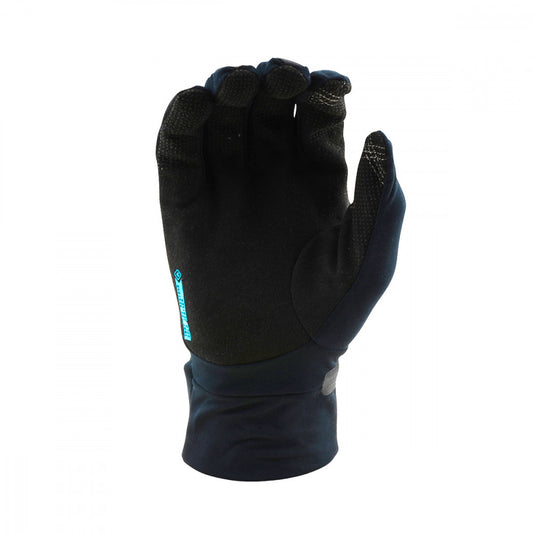
TROY LEE DESIGNS SWELTER PRO Gloves Black
Regular price 54,99 €Regular priceUnit price per -
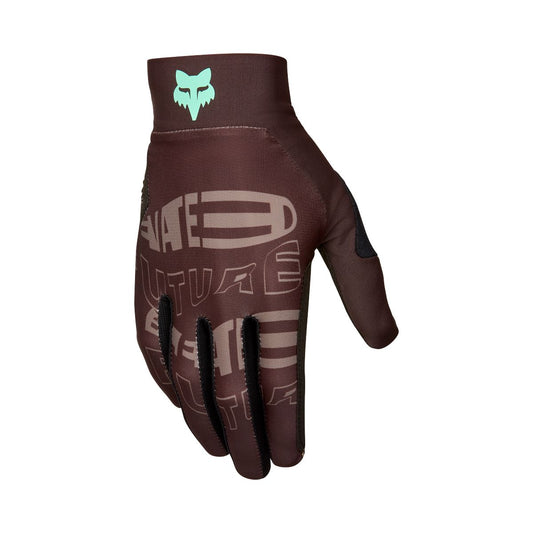
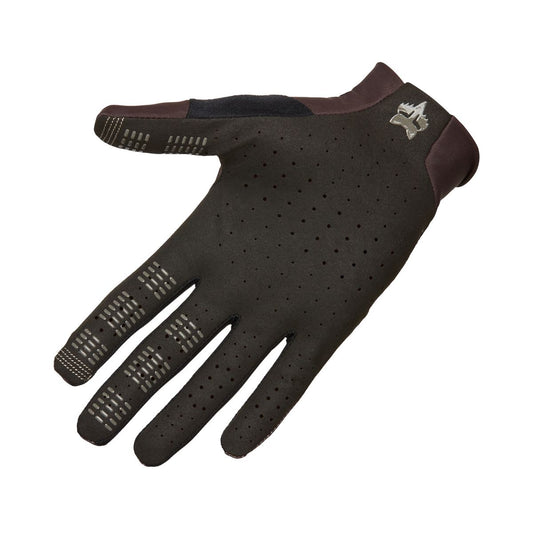
FOX FLEXAIR ELEVATED Gloves Brown
Regular price 34,99 €Regular priceUnit price per
